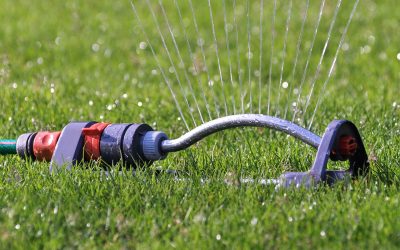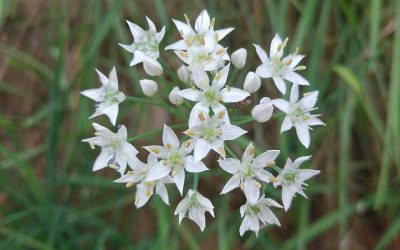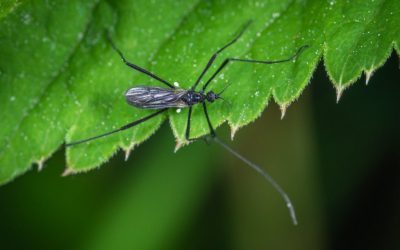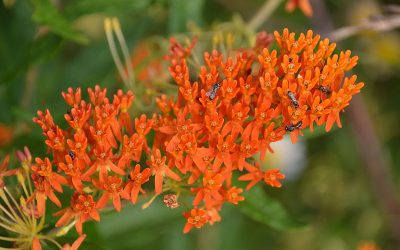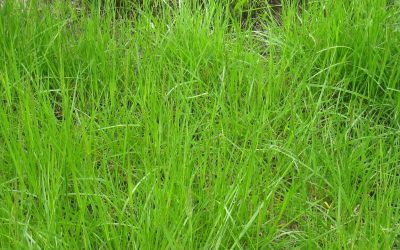Charlotte, NC Lawn Care Guide
The #1 Lawn Care & Lawn Mowing Resource for Charlotte, NC Get Quotes NowYour QuickStart Guide to Lawn Care in Charlotte, NC
The summer temperatures in Charlotte, NC along with the humidity make it easy to have a lush, green lawn well into the fall. With highs in the upper 80s, and an average of 43 inches of rain each year, several varieties of grasses thrive here. The trick is knowing which one to plant in your yard.
Average Lawn in Charlotte
The average yard size in Charlotte is 9,226 square feet which should take about 30 minutes to mow. That’s not counting hills, mowing around trees and shrubs and edging and trimming. That could tack another hour onto the job.
Since winters can get quite cold (with an average of 30 degrees), your yard needs a grass type that can handle both extremes. The best types of grasses to plant are:
- Tall Fescue-needs mowing every nine to ten days to a height of 3 to 3 ½ inches. It’s weed resistant and holds up well in extreme temperatures and drought. Eighty percent of the lawns in Charlotte consists of tall fescue.
- Kentucky Bluegrass-needs mowing about once a week to a height of 2 to 2 ½ inches
- Zoysiagrass-grows slower so it only needs mowing every ten days to a height between 1 to 1 ½ inches. It holds up well to pets and kids heavy traffic. It’s also weed resistant and low maintenance.
- Bermudagrass-needs weekly mowing to a height of 1 ½ inches. It’s also low maintenance and stands up well to heavy foot traffic. You’ll often see Bermudagrass on football fields since its disease resistant.
Seasonal Lawn Care
Spring Summer
While mowing and weeding and watering usually begin in the spring in Charlotte, the lawn needs year-round care to show its true colors. We typically see about 2 inches of snow each winter, which is enough to compact the soil. The start of spring is the perfect time to aerate, fertilize, water, and weed your lawn. Aerate first so the fertilizer and water can reach deep into the roots. The lawn only needs watering once a week. Any more can invite disease and weeds.
Summer
The best way to keep the weeds away is to mow regularly and pull weeds by the roots as soon as they pop up. Maintaining your lawn and filling in bare spots will give weeds less room to root.
Fall
Taking care of your fall maintenance routine is essential. Continue mowing. Lower the mower blades so the final cut of the season is a little shorter. The grass will need sun throughout the fall and tall grass can become matted and attract bugs and disease. You also need to rake often. Leave that pile-up can get snow mold in the winter, attracting disease to your lawn. Fall is the best time to re-seed any bare spots and get rid of any remaining weeds so they don’t rob the lawn of nutrients over the winter.
Winter
Before the first snow, cool-season grasses such as fescue and bluegrass will need winterizing. Apply this fertilizer to add potassium and nitrogen to the soil. Zoysia and Bermuda are warm-season grasses that go dormant in the winter and won’t need fertilizing until spring. Avoid heavy foot traffic when there’s snow on the lawn. Compacted snow can invite disease and brown patch come spring. Add a layer of mulch to your plants, to keep them from sprouting any new growth during an unseasonal warm spell. This will save you from having to clean up more debris in the spring.
Taking care of your lawn in Queen City requires some work, but putting in some extra work at the beginning of each season should free you up to enjoy the summer outdoors. Lake Norman and Lake Wylie are calling.
About Wikilawn
Wikilawn strives to be the #1 resource about lawn care in your region. From in-depth soil guides to lists of the top lawn care pros near you’ we’ve got you covered.
Herbs for Landscaping that Thrive in Charlotte, NC
*All photos on the Wikilawn website are free for commercial or non-commercial use. Visual attribution is required.
Lavender
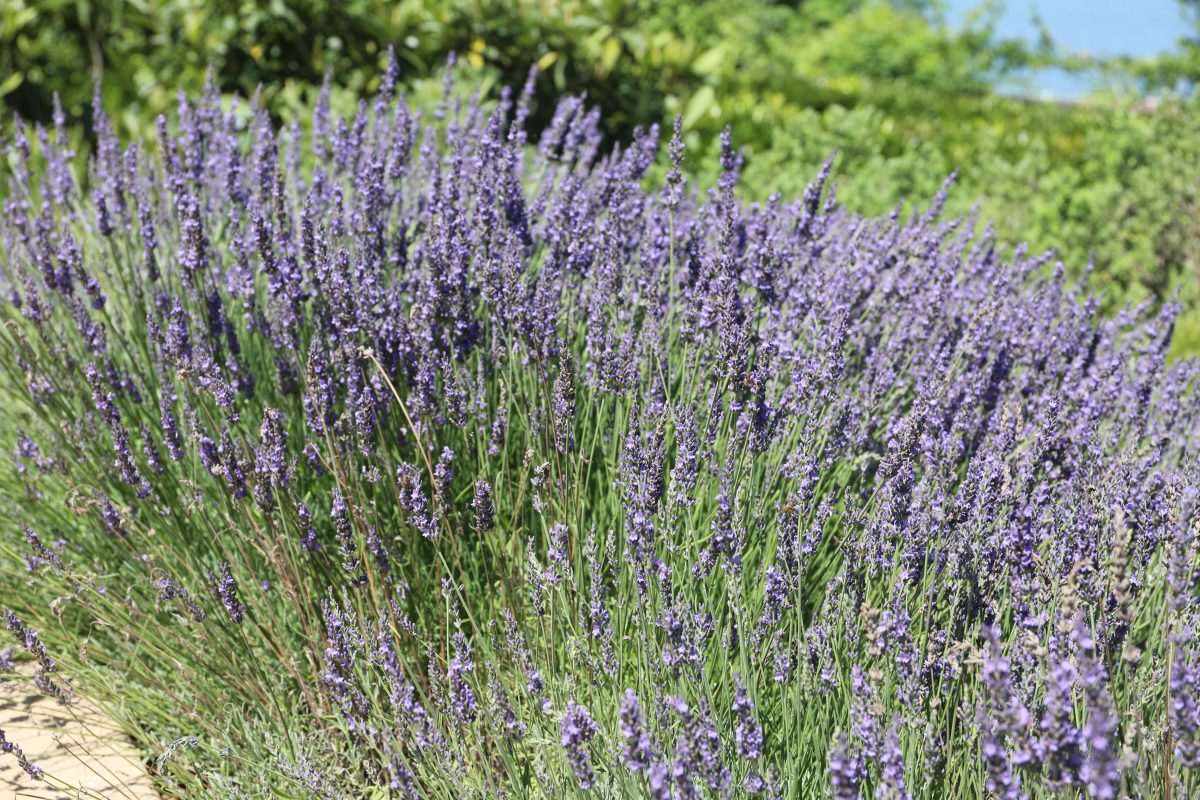
Lavandula x intermedia
Lavender is a “super plant”. It is used in perfume mixtures, as a remedy for everything from insomnia to back pain, and even as a natural bug repellent. Plus its flower’s elegant light purple color makes it a great color splash in any garden or landscape!
Lemon Thyme
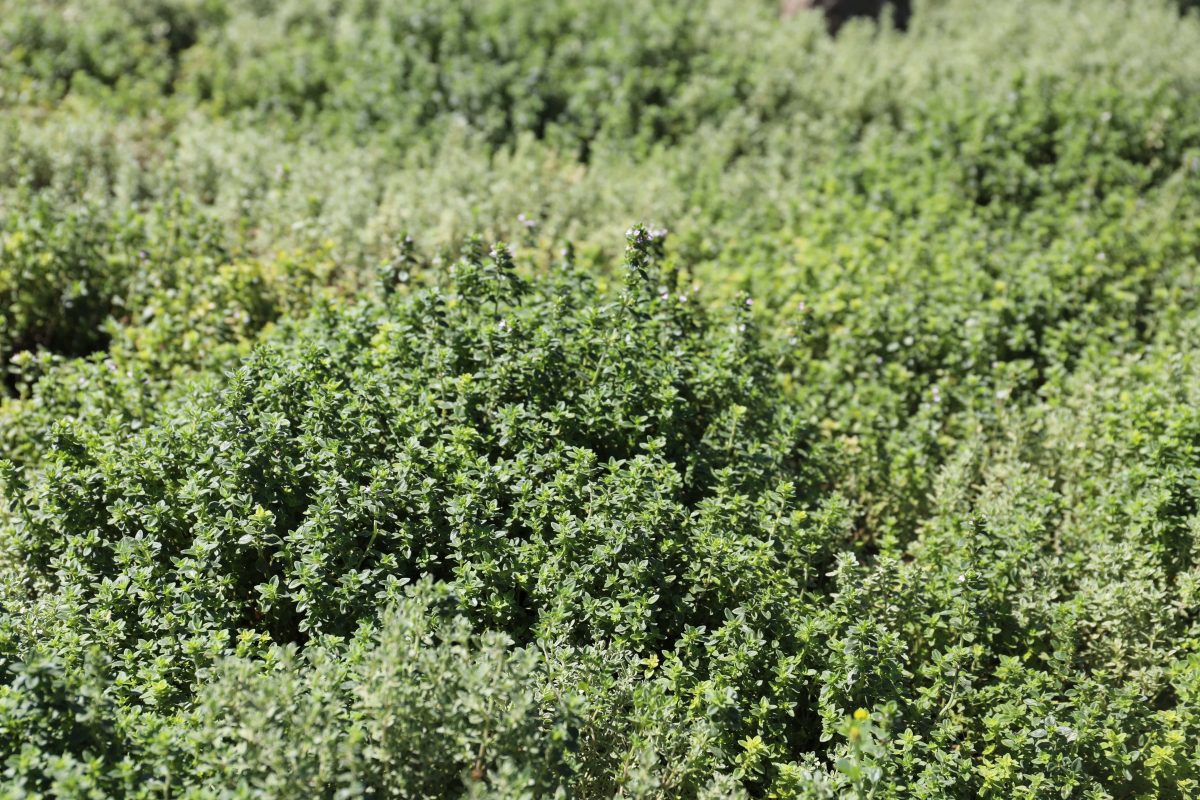
Thymus citriodorus
Most Thyme varieties reach 16 inches in height and prefer full sun accompanied by well-drained soil. The leaves are used in all types of recipes and is even an ingredient in some perfumes.
Spearmint
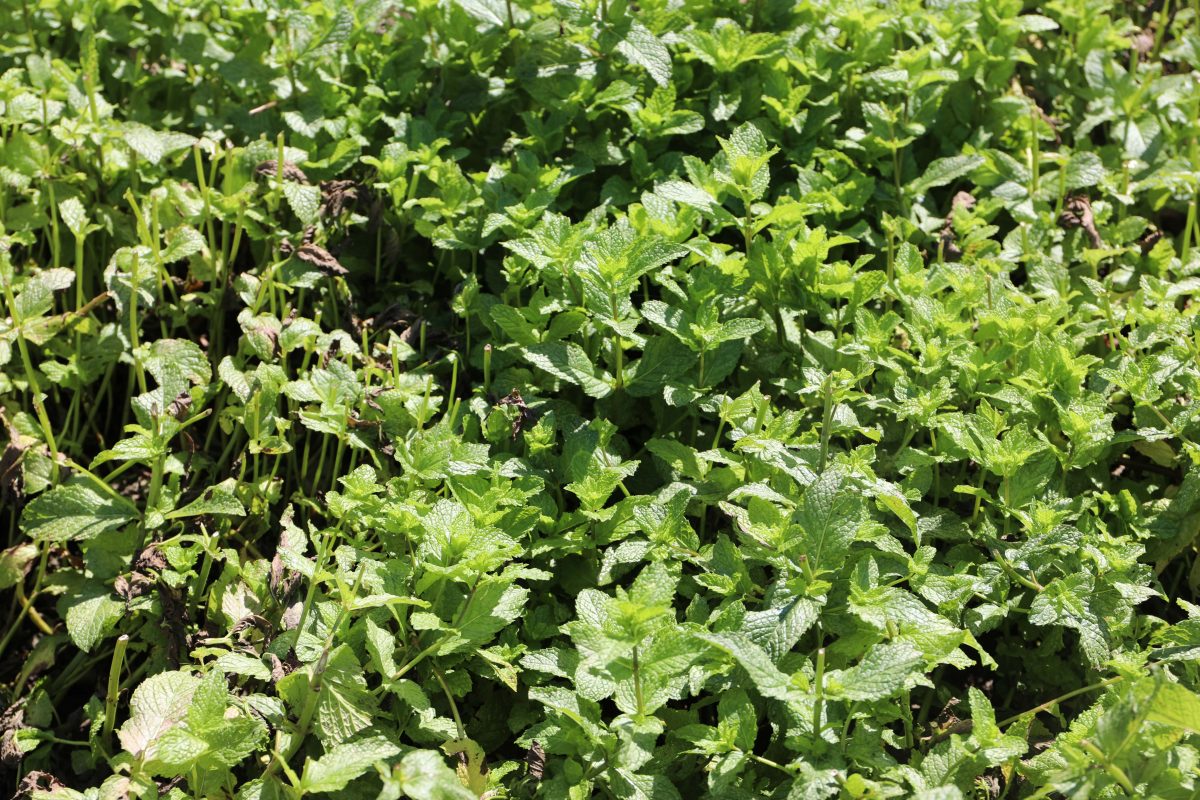
Mentha spicata
Spearmint is one of the most popular herbs in the world. Its remedies include hair removal, improved learning and memory, and even reduces the chances of getting cancer. Use it as a ground cover or plant it in your garden to capitalize on its wonderous healing abilities.
More Resouces About Lawn & Garden Care in Charlotte
4 Grasses That Thrive in Western Carolina
It would be a shame to have a lawn that doesn't match the beauty and extraordinary atmosphere of Western Carolina's wildlife and waterfalls. But not every grass type is the same. If you’re in the market for a lush, green lawn, consider planting one of these 4 grasses...
Watering Restrictions in Charlotte, N.C.
Controlling the Worst Weeds in Charlotte, N.C.
The Worst Backyard Pests in Charlotte, N.C.
Native Plants for Charlotte
Gardeners take note: You know those fussy plants that struggle in the hottest months of summer and require special care to survive winter? These are, without a doubt, nonnative species, those interlopers not acclimated to the conditions of this region. If you want to...
Basic Guide to Lawn Mowing and Maintenance in Charlotte
There’s so much to do in Charlotte that it’s easy to put off maintenance on that patch of greenery on your property — your lawn. However, it’s important to take a moment away from enjoying the good life to keep it in tip-top shape. The following is a short guide to...


